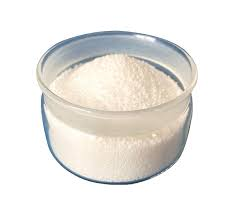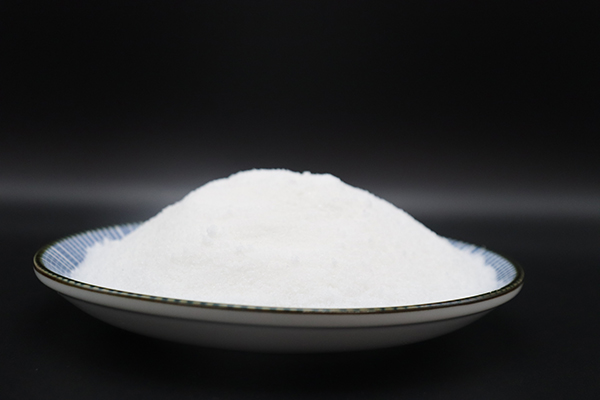I. Fundamental Differences
1. Molecular Structure
Cationic PAM contains positively charged groups (e.g., quaternary ammonium salts) that interact with negatively charged contaminants. Anionic PAM features negatively charged carboxyl groups (-COO⁻) that attract positively charged particles. This structural difference determines their distinct charge characteristics.

2. Physical Properties
| Property | Cationic PAM | Anionic PAM |
| Solution Color | Slight blue tint | Milky white |
| Molecular Weight | 600-1200万 | 600-2500万 |
| Dissolution Rate | Slower in water | Faster in water |
| pH Stability | Better in acidic conditions | Prefers alkaline conditions |
II. Performance Characteristics
1. Flocculation Efficiency
Cationic PAM demonstrates superior performance in:
- Organic wastewater treatment (e.g., food processing, municipal sewage)
- Sludge dewatering (reduces moisture content below 80%)
- Oil recovery operations
Anionic PAM excels in:
- Inorganic wastewater (e.g., mining, coal washing)
- Heavy metal removal through precipitation
- Soil stabilization applications
2. Environmental Impact
Cationic PAM’s quaternary ammonium compounds may exhibit higher aquatic toxicity compared to anionic PAM’s more biodegradable carboxyl groups.
III. Industrial Applications

1. Water Treatment
- Cationic: Municipal sewage, dairy wastewater, paper mill effluents
- Anionic: Electroplating wastewater, metal processing, sand washing effluents
2. Other Sectors
- Textile Industry: Cationic PAM for dye fixation
- Oil Industry: Anionic PAM for drilling fluid additives
- Paper Manufacturing: Both types used for different paper grades
IV. Selection Criteria
When choosing between cationic and anionic PAM, consider:
- Charge characteristics of target contaminants
- pH conditions of the application environment
- Required flocculation speed and strength
- Cost-effectiveness (cationic typically 20-30% more expensive)